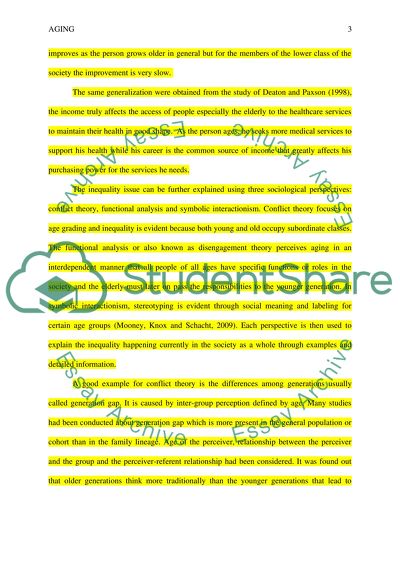Cite this document
(“Aging Essay Example | Topics and Well Written Essays - 1000 words”, n.d.)
Retrieved de https://studentshare.org/sociology/1391040-aging
Retrieved de https://studentshare.org/sociology/1391040-aging
(Aging Essay Example | Topics and Well Written Essays - 1000 Words)
https://studentshare.org/sociology/1391040-aging.
https://studentshare.org/sociology/1391040-aging.
“Aging Essay Example | Topics and Well Written Essays - 1000 Words”, n.d. https://studentshare.org/sociology/1391040-aging.


